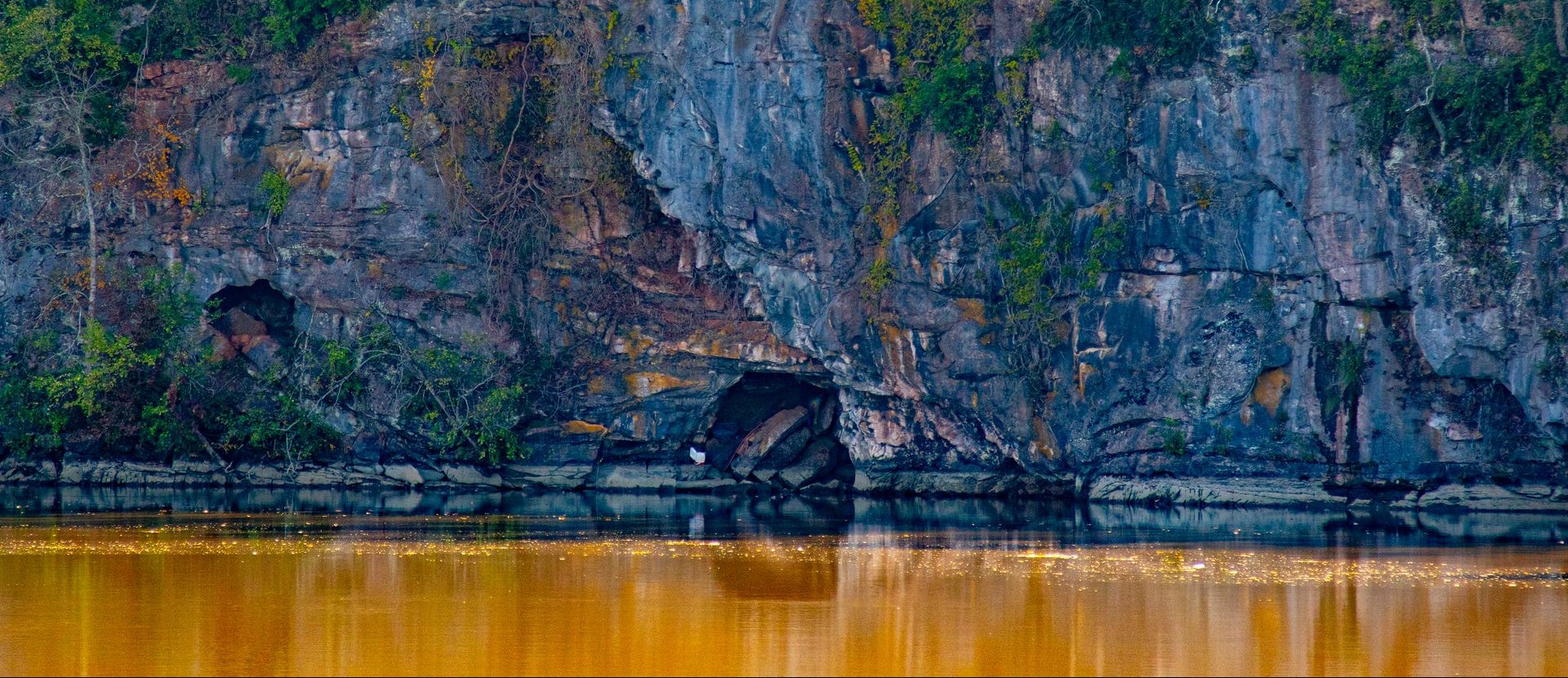One-third of rivers in the United States have changed their color significantly over the past 36 years, changing from blue to yellow and green, new images reveal.
The researchers studied 235,000 satellite images captured over a 34-year period between 1984 and 2018 in a joint project by NASA and the US Geological Survey (USGS). Transforming shadows can now be found through a hărți interactive.
More than half of those satellite images showed rivers dominating yellow, while a third of the images were mostly shades of green. Only 8% of images showed a blue shade.
“Most rivers change gradually, they are invisible to the human eye, but rapidly changing areas are often the result of human intervention,” said John Gardner, a leading researcher and researcher at the University of North Carolina.
Sediment and algae are important
Depending on the amount of sediment, algae, pollutants or organic matter dissolved in the water, rivers may appear to have shades of blue, green, yellow and other colors. A general rule of thumb is that river water turns green when algae bloom or there is less sediment in the water. Rivers turn yellow when they have more sediment.
“Sediment and algae are important, but more or less degrading,” Gardner added.
In total, scientists have collected 16 million measurements over a 34-year period for 108,000 km of rivers over 60 million wide in the United States. Thus, the researchers were able to observe significant color trends over time.
In the case of more than half of the rivers, i.e. 55%, the color changed over time, but no clear trend was established. One-third of the rivers changed color over the same period, while only 12% had a consistent color.
In the northern and western regions, the rivers turned green, while the eastern regions were yellow. Large aquifers such as the Ohio Basin and the Upper Mississippi Basin received shades of blue and green.
Rivers change color as the seasons pass
“Trends in yellow and green may be a concern, but it depends on each river,” Gardner said. Direct science.
As the leaves turn red and blonde in the fall, rivers can change color as the seasons go by, thanks to changes in rainfall and other factors affecting rivers.
Satellite images have revealed places where human influence could have changed the color of water, such as dams, reservoirs, agriculture and urban development.
However, these changes do not have to be permanent.
Although the color of rivers cannot accurately predict water quality and the health of the ecosystem, it is a reliable indicator of both of these aspects. Thanks to satellite imagery, scientists can now easily monitor rivers and color changes.
Recommend that you read:
What color is the sun really?
A Chinese plant used in traditional medicine for thousands of years, it has changed its color without being harvested anymore
Unprecedented event. Algae change the color of American lakes
A green glow was seen in the atmosphere of Mars. This phenomenon is also present on earth





